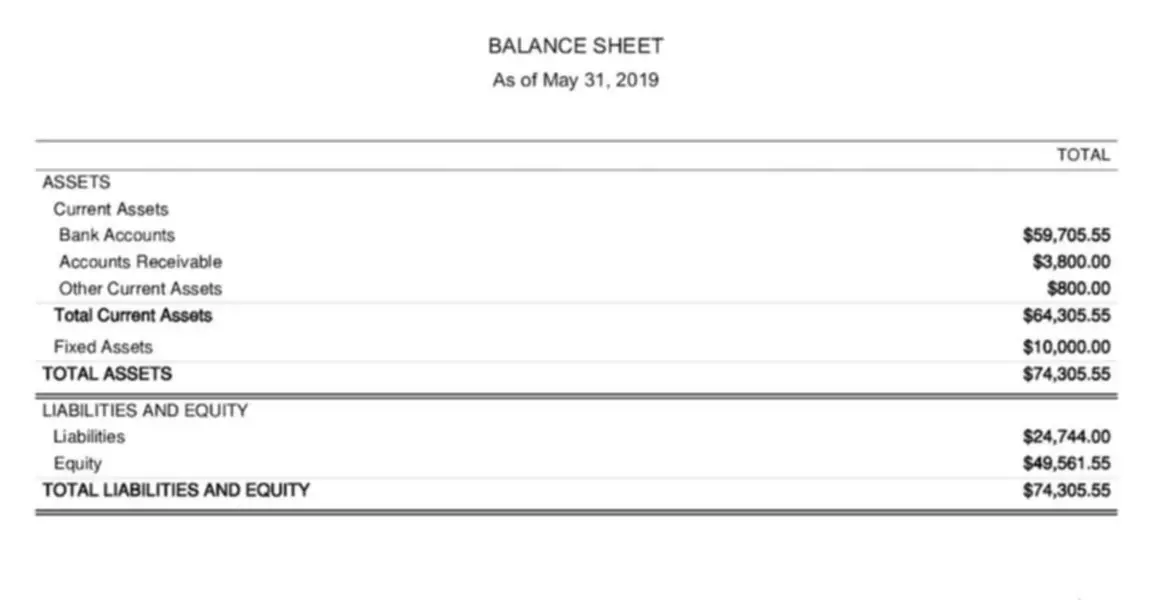How to Calculate Double Declining Balance Depreciation
Content

Our writing and editorial staff are a team of experts holding advanced financial designations and have written for most major financial media publications. Our work has been directly cited by organizations including Entrepreneur, Business Insider, Investopedia, Forbes, CNBC, and many others. Thus, an increase in the cost of repairs of each subsequent year is compensated by a decrease in the amount of depreciation for each subsequent year. The new accounting standard provides greater transparency but requires wide-ranging data gathering.
How do you calculate double declining balance for 5 years?
Calculate the annual depreciation rate (i.e., 100% / 5 years = 20%). Multiply the beginning period book value by twice the regular annual rate ($1,200,000 x 40% = $480,000). Deduct the annual depreciation expense from the beginning period value to calculate the ending period value.
Then come back here—you’ll have the background knowledge you need to learn about double declining balance. Double declining balance depreciation isn’t a tongue twister invented by bored IRS employees—it’s a smart way to save money up front on business expenses. By dividing the $4 million depreciation expense by the purchase cost, the implied depreciation rate is 18.0% per year. Is a form of accelerated depreciation in which first-year depreciation is twice the amount of straight-line depreciation when a zero terminal disposal price is assumed. Because twice the straight-line rate is generally used, this method is often referred to as double-declining balance depreciation. Under the declining balance method, depreciation is charged on the book value of the asset and the amount of depreciation decreases every year.
Formula for Double Declining Balance Method
The resulting amount is then subtracted from the asset’s remaining book value to determine the new book value. This process is repeated each year until the asset’s book value reaches zero or the asset is no longer in use. The Double Declining Balance Method calculates the depreciation expense of an asset over its useful life. It is based on the principle of accelerating depreciation, meaning that a more significant portion of the asset’s value is depreciated in the early years of its useful life, with depreciation decreasing over time. Consider a widget manufacturer that purchases a $200,000 packaging machine with an estimated salvage value of $25,000 and a useful life of five years.
Double declining balance is sometimes also called the accelerated depreciation method. Businesses use accelerated methods when having assets that are more productive in their early years such as vehicles or other assets that lose their value quickly. Accelerated depreciation is any method of depreciation used for accounting or income tax purposes that allows greater depreciation expenses in the early years of the life of an asset. Accelerated depreciation methods, such as double declining balance (DDB), means there will be higher depreciation expenses in the first few years and lower expenses as the asset ages.
Declining Balance Depreciation – Explained
This formula calculates the depreciation expense for each year of the asset’s useful life until the asset’s book value reaches zero or the end of its useful life, whichever comes first. It’s important double declining balance method to note that the Double Declining Balance Method is only one of several methods used to calculate depreciation. The most appropriate method will depend on the asset and business circumstances.
- The accounting concept behind depreciation is that an asset produces revenue over an estimated number of years; therefore, the cost of the asset should be deducted over those same estimated years.
- He is a CFA charterholder as well as holding FINRA Series 7, 55 & 63 licenses.
- Don’t worry—these formulas are a lot easier to understand with a step-by-step example.
- This is useful for assets that lose value quickly and can help offset the cost of assets for which money was borrowed to buy.
- The best way to understand how it works is to use your own numbers and try building the schedule yourself.
Under the DDB depreciation method, the equipment loses $80,000 in value during its first year of use, $48,000 in the second and so on until it reaches its salvage price of $25,000 in year five. By reducing the value of that asset on the company’s books, a business is able to claim tax deductions each year for the presumed lost value of the asset over that year. Given the nature of the DDB depreciation method, it is best reserved for assets https://www.bookstime.com/articles/certified-bookkeeper that depreciate rapidly in the first several years of ownership, such as cars and heavy equipment. By applying the DDB depreciation method, you can depreciate these assets faster, capturing tax benefits more quickly and reducing your tax liability in the first few years after purchasing them. If the company was using the straight-line depreciation method, the annual depreciation recorded would remain fixed at $4 million each period.
Using the 200% Double Declining Balance Depreciation Method
Depreciation enables companies to generate revenue from their assets while only charging a fraction of the cost of the asset in use each year. Instead, the asset will depreciate by the same amount; however, it will be expensed higher in the early years of its useful life. The depreciation expense will be lower in the later years compared to the straight-line depreciation method.
The beginning book value is the cost of the fixed asset less any depreciation claimed in prior periods. Under the DDB method, we don’t consider the salvage value in computing annual depreciation charges. Instead, we simply keep deducting depreciation until we reach the salvage value.
What is a Double Declining Balance?
Depreciation rates used in the declining balance method could be 150%, 200% (double), or 250% of the straight-line rate. When the depreciation rate for the declining balance method is set as a multiple, doubling the straight-line rate, the declining balance method is effectively the double-declining balance method. Over the depreciation process, the double depreciation rate remains constant and is applied to the reducing book value each depreciation period. The book value, or depreciation base, of an asset, declines over time. 150% declining balance depreciation is calculated in the same manner as is double-declining-balance depreciation, except that the rate is 150% of the straight-line rate.

Adam Hayes, Ph.D., CFA, is a financial writer with 15+ years Wall Street experience as a derivatives trader. Besides his extensive derivative trading expertise, Adam is an expert in economics and behavioral finance. Adam received his master’s in economics from The New School for Social Research and his Ph.D. from the University of Wisconsin-Madison in sociology.
What is Double Declining Balance Depreciation?
This can make profits seem abnormally low, but this isn’t necessarily an issue if the business continues to buy and depreciate new assets on a continual basis over the long term. Calculating DDB depreciation may seem complicated, but it can be easy to accomplish with accounting software. To see which software may be right for you, check out our list of the best accounting software or some of our individual product reviews, like our Zoho Books review and our Intuit QuickBooks accounting software review. In year 5, however, the balance would shift and the accelerated approach would have only $55,520 of depreciation, while the non-accelerated approach would have a higher number. This post is to be used for informational purposes only and does not constitute legal, business, or tax advice. Each person should consult his or her own attorney, business advisor, or tax advisor with respect to matters referenced in this post.
